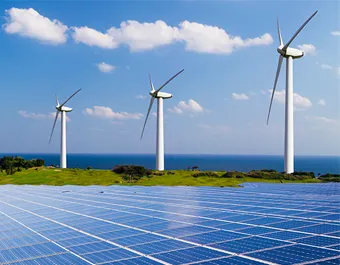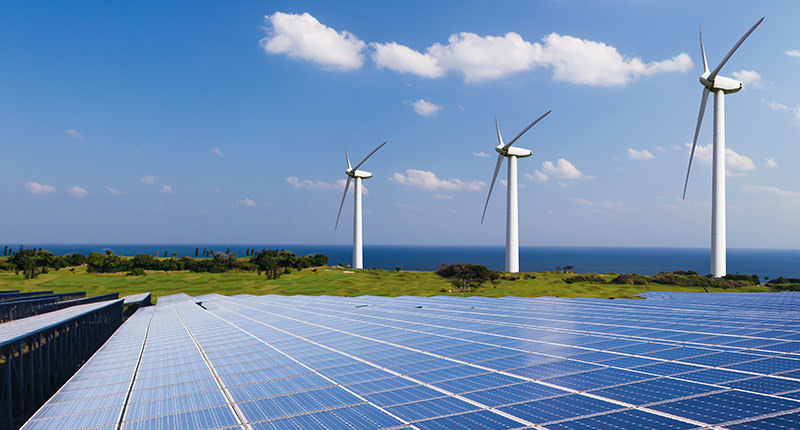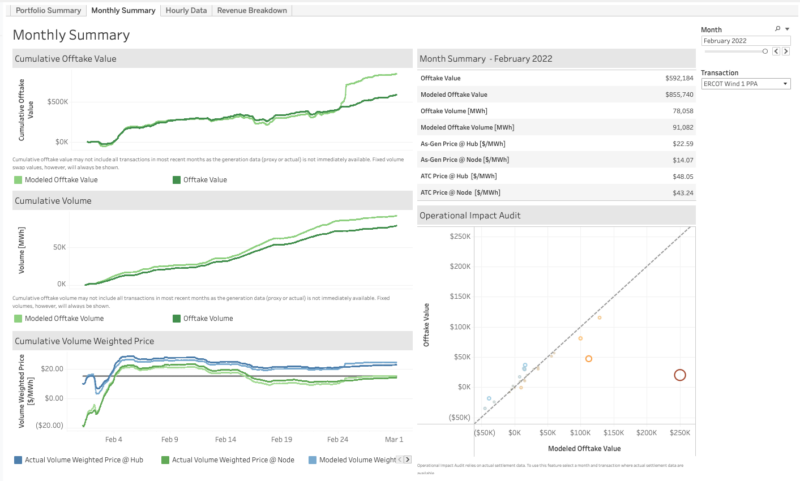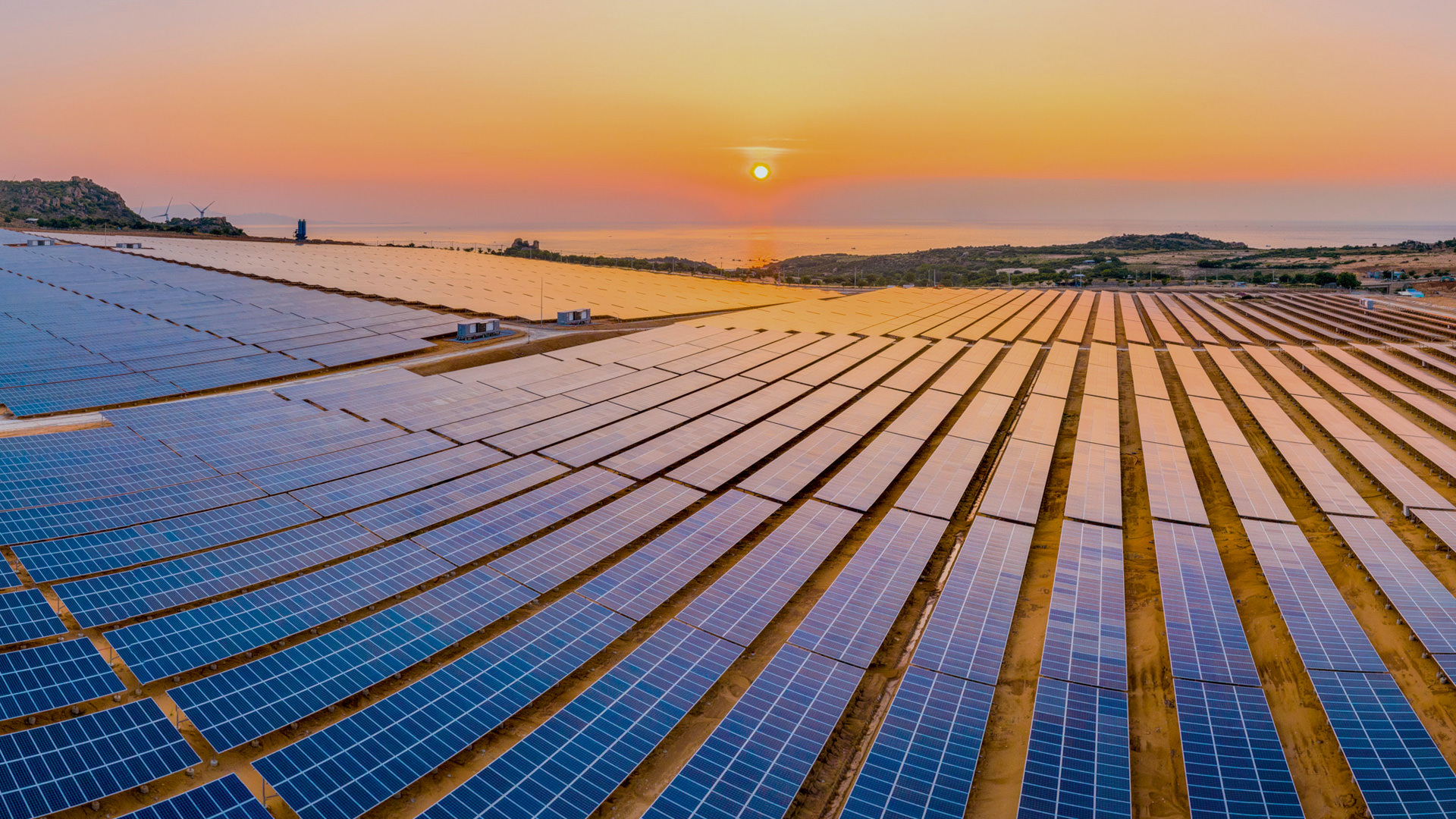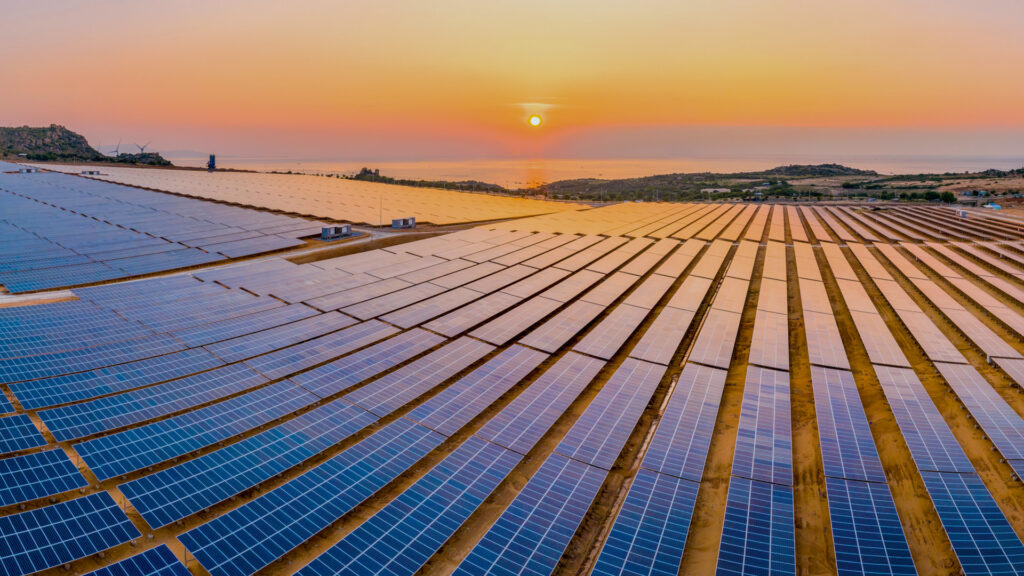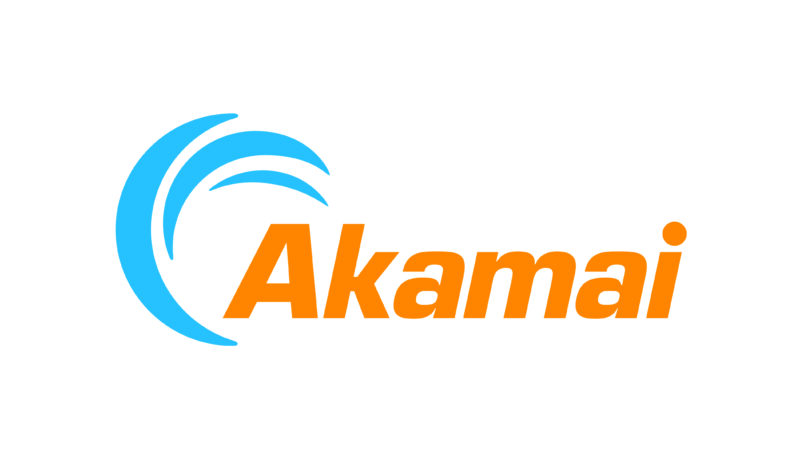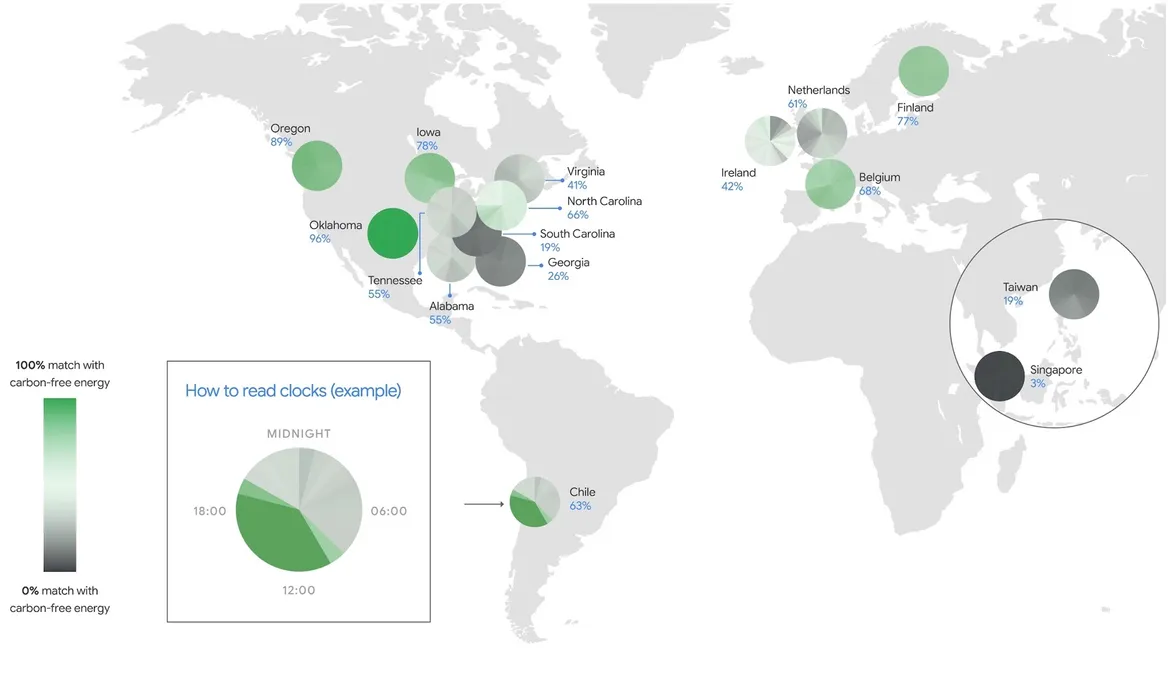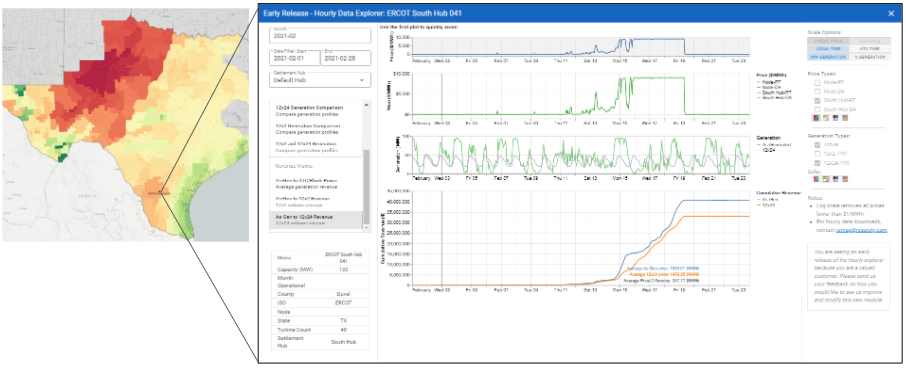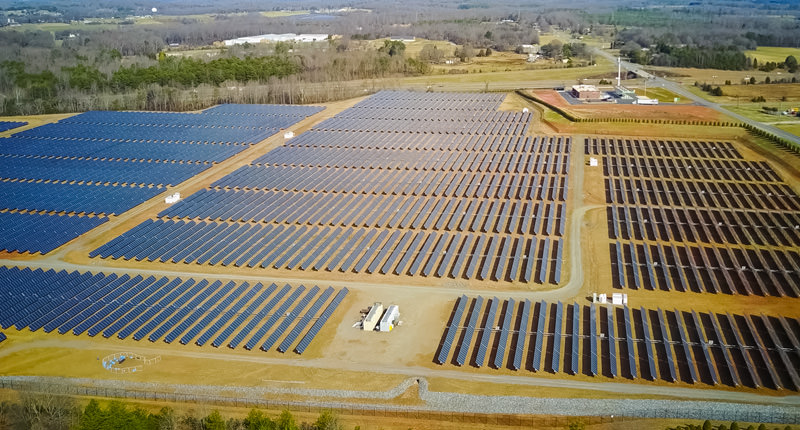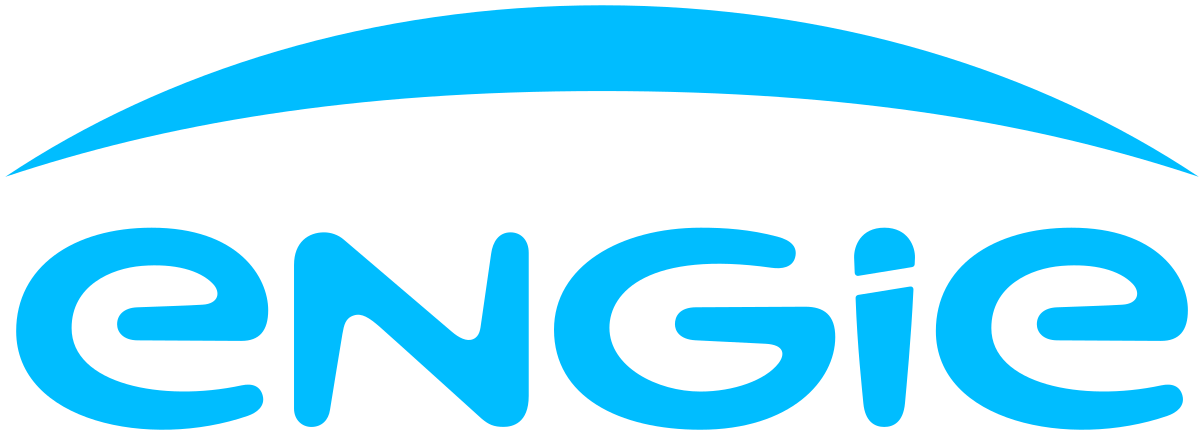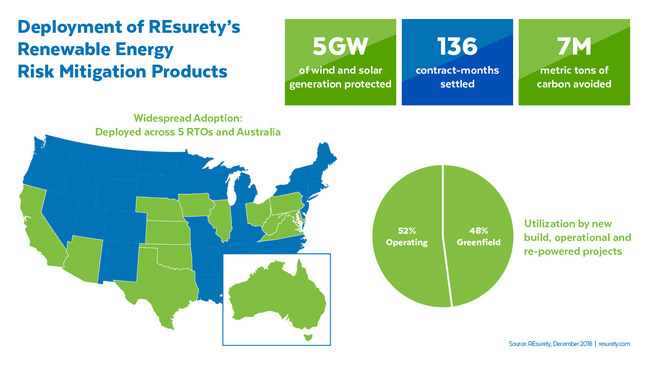
Platts and REsurety collaborate to bring transparency to the carbon intensity of individual Renewable Energy Certificates and the associated pricing

NEW YORK (September 18, 2023) – Platts, part of S&P Global Commodity Insights, the leading independent provider of information, analytics and benchmark prices for the commodities and energy markets, today announced it is launching first-of-kind price assessments for Emissions Adjusted (EA) Renewable Energy Certificates (RECs) through a collaborative data-licensing agreement with clean energy data-driven solutions provider REsurety.
While renewable energy certificate markets are well established, not all RECs have the same emissions impact, and to date, the emissions impacts have not been reflected in pricing. The new Platts Emissions-Adjusted (EA) RECs are aimed at shedding light on this additional energy-transition-critical information and providing benchmark values for renewables based on their emissions impact.
Platts will use REsurety’s high granularity emissions impact data, Locational Marginal Emissions (LMEs), to measure the hourly carbon emissions impact associated with the hourly generation of RECs from individual renewable power plants in the United States, beginning with Electric Reliability Council of Texas (ERCOT). Platts will aggregate and publish a new suite of Emissions-Adjusted REC assessments to provide benchmark prices based on their emissions impact.
“By incorporating carbon intensity into REC pricing, we believe the marketplace will welcome this better understanding of the emissions impact of individual certificates,” said Alan Hayes, Global Head of Energy Transition Pricing, S&P Global Commodity Insights. “By adjusting renewable energy certificates prices to reflect carbon intensity, market participants will be empowered to differentiate and maximize the impact of REC purchases on emissions.”
Renewable energy certificates and related instruments worldwide have become a key tool for energy users to direct investment to solar, wind, hydro and other renewable generation technologies. Typically, RECs are traded and priced in US dollars per megawatt hour of power produced. But the emissions impact of each REC varies widely depending on power market fundamentals. At times and locations where production is primarily from fossil-fueled power plants, the carbon emissions impact of clean generation is typically high. At times and locations where renewable generation dominates, the emissions impact of clean generation is typically low. This is not directly reflected in the REC instrument or prices. The collaboration between Platts and REsurety will bring needed clarity and independent valuations to differing power stacks.
“REsurety is excited to collaborate with S&P Global Commodity Insights to address the emissions information gap that is crucial for clean energy buyers who are purchasing RECs to meet their sustainability goals. Publishing the emissions impact of each REC instrument will drive demand to the highest impact projects and locations – which is critical to accelerating our path to a carbon-free grid,” said Lee Taylor, CEO at REsurety.
While the first set of Platts Emissions-Adjusted REC price assessments will relate to Texas power, across coming months, Platts will publish a full suite of Emissions-Adjusted REC prices and carbon intensity (CI) adjustment factors for each of the US power independent system operators.
METHODOLOGY
Platts will publish Emission-Adjusted REC prices (USD/MT CO2e) alongside existing REC prices; EA REC prices will be calculated by dividing the REC price (USD/MWh) of a given REC certificate by the emissions impact of that same REC certificate (kgCO2e/MWh) over the period. EA REC prices will be published for the prior year and on a year-to-date basis for the current year. Alongside EA REC prices, Platts will publish the associated emission-adjustment factors, which will be updated monthly.
Example of Emissions Adjusted REC pricing

REsurety is a mission-driven organization dedicated to accelerating the world’s transition to a zero-carbon future. It provides software and services to support both the financial and sustainability goals of clean energy buyers, sellers, and investors. Its software offers data-driven insights at various stages of the project lifecycle from initial exploration to portfolio management. Its services leverage its domain expertise and deliver solutions tailored to the unique needs of customers. For more information, visit www.resurety.com.
Media Contacts:
Americas: Kathleen Tanzy, + 1 917-331-4607, [email protected]
EMEA: Paul Sandell, + 44 (0)7816 180039, [email protected]
Asia: Melissa Tan, + 65-6597-6241, [email protected]
About S&P Global Commodity Insights
At S&P Global Commodity Insights, our complete view of global energy and commodity markets enables our customers to make decisions with conviction and create long-term, sustainable value.
We’re a trusted connector that brings together thought leaders, market participants, governments, and regulators and we create solutions that lead to progress. Vital to navigating commodity markets, our coverage includes oil and gas, power, chemicals, metals, agriculture, shipping and energy transition. Platts ® products and services, including leading benchmark price assessments in the physical commodity markets, are offered through S&P Global Commodity Insights. S&P Global Commodity Insights maintains clear structural and operational separation between its price assessment activities and the other activities carried out by S&P Global Commodity Insights and the other business divisions of S&P Global.
S&P Global Commodity Insights is a division of S&P Global (NYSE: SPGI). S&P Global is the world’s foremost provider of credit ratings, benchmarks, analytics and workflow solutions in the global capital, commodity and automotive markets. With every one of our offerings, we help many of the world’s leading organizations navigate the economic landscape so they can plan for tomorrow, today. For more information visit https://www.spglobal.com/commodityinsights.
©2023 by S&P Global Commodity Insights, a division of S&P Global Inc.
Return to the blog post main menu.
Return to the press release main menu.


